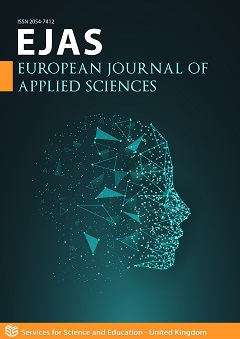Using a Reconfigurable Holonomic Drive Robot in Robotic education
A proposed study on utilizing reconfigurable robots in undergraduate education
DOI:
https://doi.org/10.14738/aivp.92.9789Keywords:
Robotics, Autonomous System, Holonomic drive, Reconfigurable robotsAbstract
In industry it is not uncommon for machines to outlive the purpose for which they were commissioned; at times these perfectly serviceable devices are simply decommissioned and left neglected in storage to slowly decay. Motors, actuators, and structural mechanics are still operational, while control system and their design purpose may have passed into obsolescence. In applied educational fields students are often reluctant to consider working with seemingly obsolete systems.
Reconfigurable systems may offer a solution to this challenge for education and training in the field of autonomous robotics. Often custom-built devices are beyond the expenditure budget constraints of a college department for one course. Mecanum wheeled robots with tractive forces at each wheel offer the opportunity to explore translation controllable in a degree of freedom that is equal to total degrees of freedom of the robot. They are also excellent platform to demonstrate and study holonomic drive theories.
In this proposed study we seek to explore the viability of reconfigurable robots in delivering an applied robotic control perception and design educational program.
References
[2] P. J. McKerrow and S. M. Antoun, “A software architecture for mobile robot navigation,” p. 10.
[3] “Driving Mecanum Wheels Omnidirectional Robots.” https://www.roboteq.com/applications/all-blogs/5-driving-mecanum-wheels-omnidirectional-robots (accessed Feb. 07, 2021).
[4] K. P. Laby, “Holonomic platform for a robot,” US6888333B2, May 03, 2005.
[5] “TETRIX® PRIZM® Robotics Controller (W43000).” https://www.pitsco.com/TETRIX-PRIZM-Robotics-Controller (accessed Feb. 07, 2021).
[6] “Pitsco Video Gallery | Watch. Learn. Do.” https://video.pitsco.com/default.aspx?vID=631 (accessed Feb. 07, 2021)
[7] R. B. Kozma and R. E. Anderson, “Qualitative case studies of innovative pedagogical practices using ICT,” Journal of Computer Assisted Learning, vol. 18, no. 4, pp. 387–394, 2002, doi: https://doi.org/10.1046/j.0266-4909.2002.00250.doc.x.






